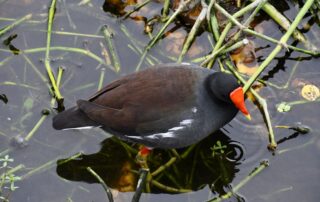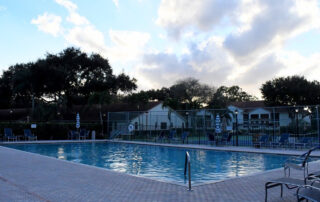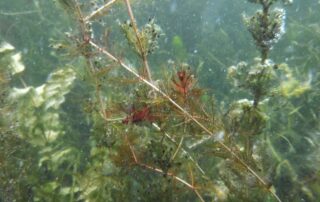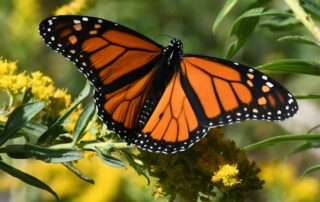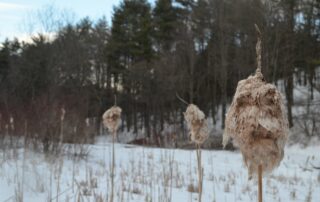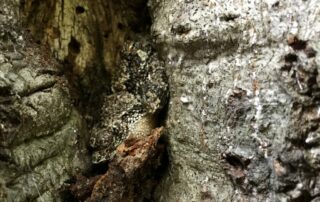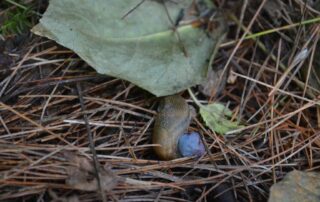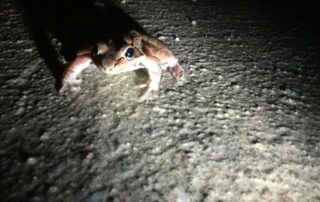Welcome to the Wild Burlington Newsletter
The (mostly) weekly newsletter covers a wide range of natural history topics. You’ll discover the wild world around you with the help of professional naturalist, Teage O’Connor. So if you’re interested in tracking the changing seasons, connecting to your local landscape, and learning more than you ever wanted to know about twigs, then this is the newsletter for you!
Plus, you’ll also get nature quizzes, notes on upcoming events (like the Wild Burlington Lecture series), contests, and awareness activities that will engage you with the wild world. And it’s all delivered right to your inbox.
The newsletter is the perfect learning tool for naturalists of all abilities!
Digging the natural history content?
Please consider supporting Crow’s Path on Patreon.
Be sure to check the archives for back issues.
And shoot me an email if you have an idea for a future blog post, newsletter issue, or podcast episode!
The Wild Burlington Archives
You can also check out the blog for more natural history and the natural history section for field guides, essays, and other explorations of Vermont’s natural history.
Some Common Suffixes (Taxonomy pt III)
Some Common Suffixes Part III in a VI part series 21 Patrons & Counting!! Woohoo! We did it, we reached our first goal on [...]
How much water do you consume in a lifetime?
While in Florida, I was mostly in Boynton Beach where the average elevation is just 15' above sea level. A series of canals run in perpendicular lines behind housing developments and under roads. Fountains and ponds and other reminders of water are everywhere. One day, while bobbing around in the pool, I was thinking about how much water I'd consume over the course of my life - specifically, could I consume the full volume of water contained in the pool. I did some back of the envelope calculations, my favorite kind of calculations, and came up with an answer.
Diving below the surface
Diving below the surface Investigating the Lake Champlain from a new vantage Sunset reflection off of Lake Champlain I have [...]
Sexual dimorphism in monarchs
Of kings and queens Sexual dimorphism in monarch butterflies I initially started writing a follow up about monarch migration in regards to strategies for fall, [...]
Cattails + Hermae
In college, a couple of my friends introduced me to Hermae, a particular type of sculpture found throughout ancient Greece. A human head - often Hermes or some famous Hellene like Heracles), was carved atop a square pedestal, and the pedestal was often adorned with male genitalia. The statues were erected (pun intended) on roads, outside houses, in public spaces, and pretty much everywhere that evil spirits might lurk. It was not uncommon that vandals would knock of the heads (south, not north). In one particularly devilish act of impiety, all of the hermae in Athens were vandalized (link). Alcibiades was blamed for the busy night, and most of the Hermae were ultimately taken down. I was fortunate to see several examples in museums while studying in Greece. The charisma of these strange sculptures has since held a special place of fascination in my heart.
Hiding in trees
Hiding in Trees Note: this post is the answer to a natural history quiz I posted to my instagram account. Follow me to get weekly natural history [...]
Slugs on the prowl
The dusky slug, Arion subfuscus, feasting on the fruit of a Virginia creeper (Centennial Woods, Burlington) Slugs on the prowl Note: this post is the [...]
Amphibian(s) on the move
There’s always so much anticipation leading up to spring. My heart flutters just thinking about all those firsts, first robins singing in the morning, first flowers to emerge, first earthworms out crinkling up leaves, and one of my favorites: the first movement of amphibians.
Interpretting landscapes
How to Interpret a Landscape Colorado River Canyon and Nanedi Vallis on Mars. Nearly identical in shape, indicating similar processes at work. Say you're [...]
Glacial Lake Vermont: Islands and (no) fossils (part 5)
I'm publishing a post on Glacial Lake Vermont each day for 5 straight days. These posts are part of a larger Natural History series on the evidence [...]

